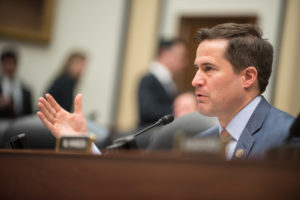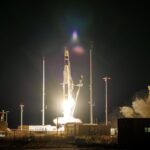
The House Armed Services Committee's bipartisan Future of Defense Task Force on Sept. 29 released its final report laying out required military capabilities in the coming decades--chief among them artificial intelligence (AI). "Using the Manhattan Project as a model, the United States must undertake and win the artificial intelligence race by leading in the invention and deployment of AI while establishing the standards for its public and private use," per the report. "Although the Department of Defense has increased investment…














